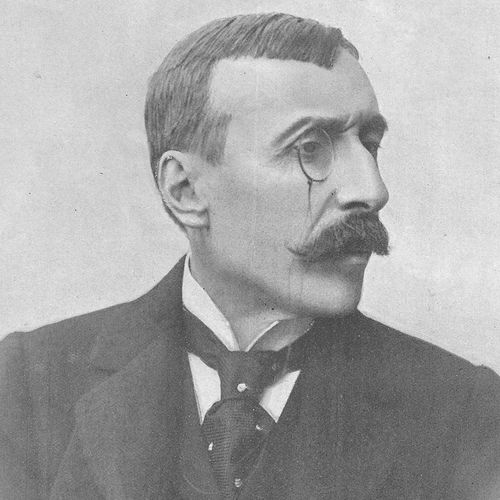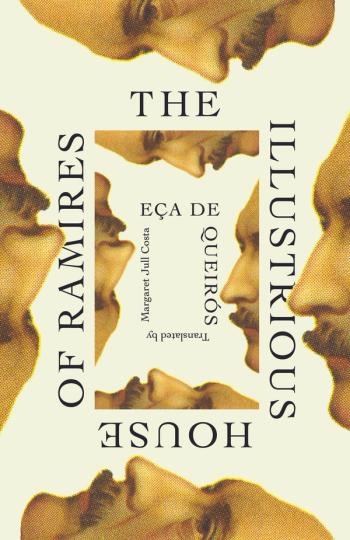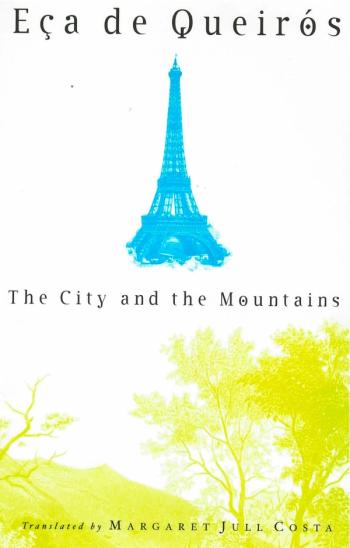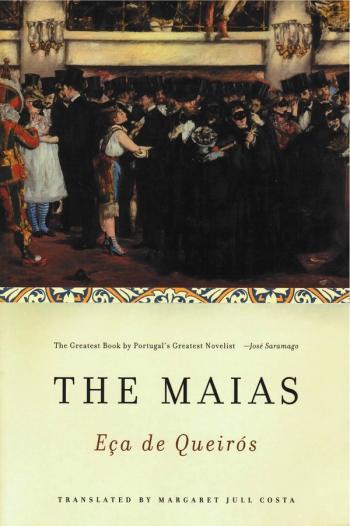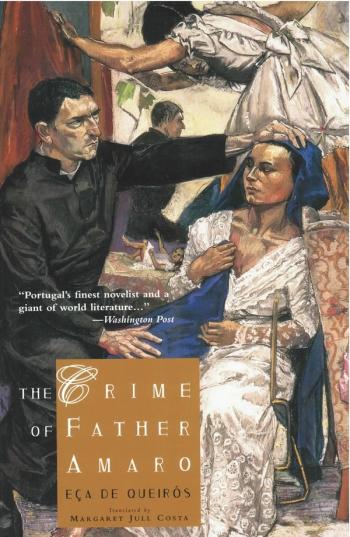Gloriously translated by Margaret Jull Costa, Adam and Eve in Paradise is not the rosy prelapsarian tale of your childhood Bible: yellow-eyed Adam is a slope-browed Neanderthal all alone and panicked, and Paradise is abominable (seethingly alive with vicious insects and roving primordial carnivores). Luckily for Adam, Eve appears: “O wonder, there before Adam, as if it were both him and not him, was another Being very similar to him, only more slender and covered with a more silken down, and who was regarding him with wide, lustrous, liquid eyes … And slowly, gently rubbing its bare knees together, the whole of this silken, tender Being was offering itself up in astonished, lascivious submission. It was Eve … It was you, O Venerable Mother!”
But still we must pity poor Adam and Eve: “Our Parents’ tireless, desperate efforts were devoted entirely to surviving in the midst of a Nature that was ceaselessly, furiously plotting their destruction. And Adam and Eve spent those days—which Semitic texts celebrate as delightful—always trembling, always whimpering, always fleeing!”
Eça de Queirós’s pleasure in the glories of language and his delight in skewering all complacencies are richly palpable, leaving the reader smiling and sighing: Ahhh, those Genesiac days …
